In recent years, especially after 2010, as a new separation technology,
membrane separation technology can effectively remove the chromaticity, odor, remove a variety of ions, organic matter and microorganisms, and recover some substances. It has been applied and developed comprehensively and rapidly in the advanced treatment and reuse of industrial wastewater.
The application rate of membrane in electroplating and PCB heavy metal wastewater treatment is about 70%.
Electroplating is a key industry for the discharge of heavy metal wastewater. The number of electroplating enterprises in China is large and wide. According to incomplete statistics, the number of enterprises on the scale is about 15,000. In recent years, with the rectification of heavily polluting enterprises by various regional governments, the number of electroplating enterprises has decreased, and they are mainly concentrated in electroplating parks.
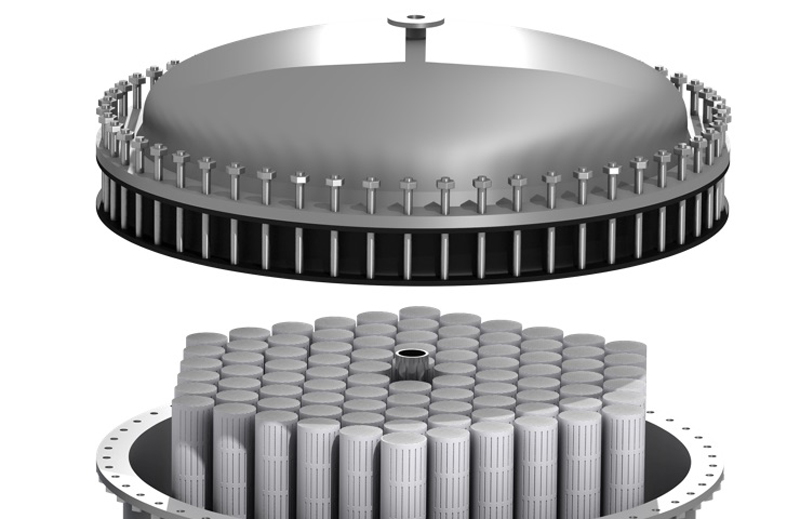
As a state-controlled enterprise, wastewater treatment in electroplating enterprises has been the focus of attention. The survey found that between 2000 and 2010, the electroplating wastewater treatment technology that has been put into operation is mostly a chemical precipitation method, and the market application rate of the membrane is about 20%-30%. In 2008, the Ministry of Environmental Protection issued the "Electrical Discharge Standard for Electroplating" (GB21900-2008) (hereinafter referred to as "Standard"), and proposed more stringent standards for sensitive areas. Compared with the EU's partial surface treatment wastewater discharge concentration limit, the rigor of the metal pollutant discharge standard in the Standard is at the middle and upper reaches, while the chemical oxygen demand, phosphorus and other non-metallic pollutants are listed as surface water pollution. The total amount of emissions is also strictly controlled. After the implementation of the new "standard", biochemical indicators such as COD, ammonia nitrogen, total nitrogen and total phosphorus are relatively poor due to the biochemical properties of wastewater. Conventional chemical precipitation plus AO or A2O processes cannot be processed and is a major factor in exceeding the standard. At the same time, copper and nickel are also the main heavy metal factors exceeding the standard.
At the same time, in the context of the party's key monitoring of heavy metal wastewater treatment, electroplating enterprises must adopt clean production measures to increase the reuse of water. Under this circumstance, most companies have increased the
membrane treatment process to achieve the goal of standard discharge and reclaimed water reuse.
JIUWU HI-TECH actively responded to the party's call for the rapid application of ceramic membranes in the field of electroplating wastewater treatment. A survey of enterprises in the treatment of electroplating wastewater found that the current market application rate of membranes in the electroplating industry is about 70%.
 Application Of Ceramic Membranes In Wine Industry And Its Application Prospects
01 Feb 2019
Application Of Ceramic Membranes In Wine Industry And Its Application Prospects
01 Feb 2019
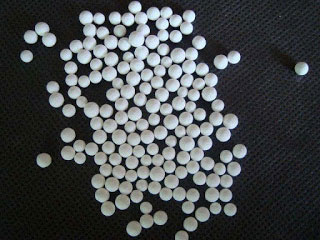 Ceramic Membrane For Traditional Chinese Medicine Production And Plant Extraction
05 Feb 2019
Ceramic Membrane For Traditional Chinese Medicine Production And Plant Extraction
05 Feb 2019
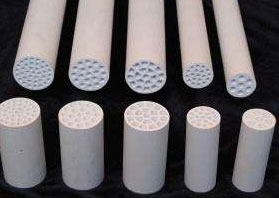 Application Of Ceramic Membrane Equipment In Transformer Oil And Gas Separation
12 Feb 2019
Application Of Ceramic Membrane Equipment In Transformer Oil And Gas Separation
12 Feb 2019
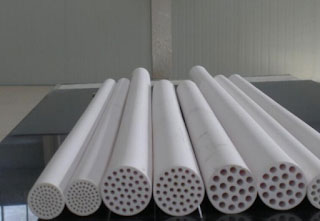 Ceramic Membranes Are Used In The Automotive Field Due To Their Good Performance
27 Jan 2019
Ceramic Membranes Are Used In The Automotive Field Due To Their Good Performance
27 Jan 2019


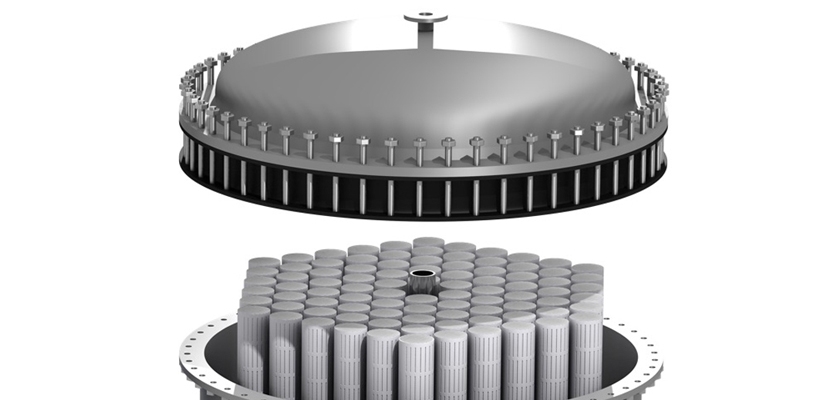

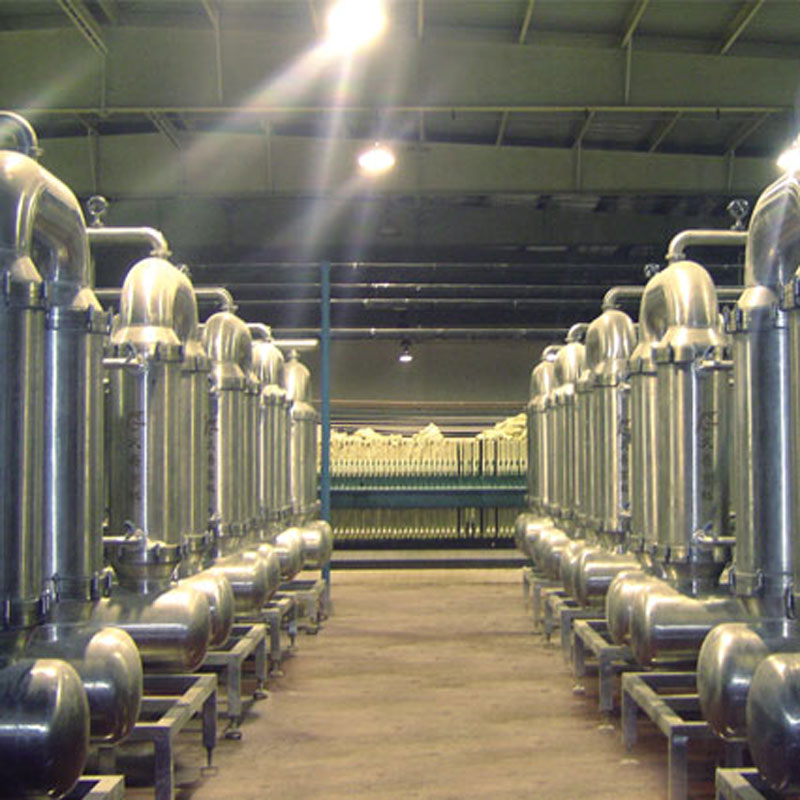
 +86-25-58849045
+86-25-58849045 
 No. 9 Yuansi Road, Pukou, Nanjing, Jiangsu, China 211808
No. 9 Yuansi Road, Pukou, Nanjing, Jiangsu, China 211808